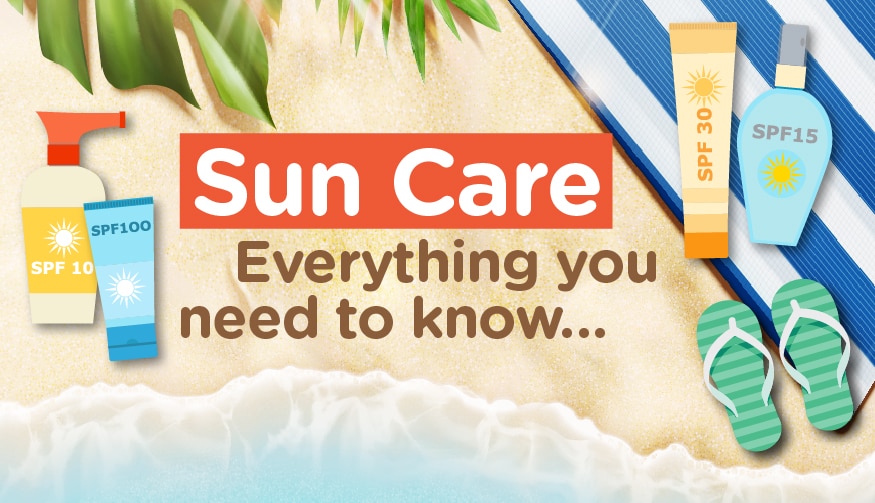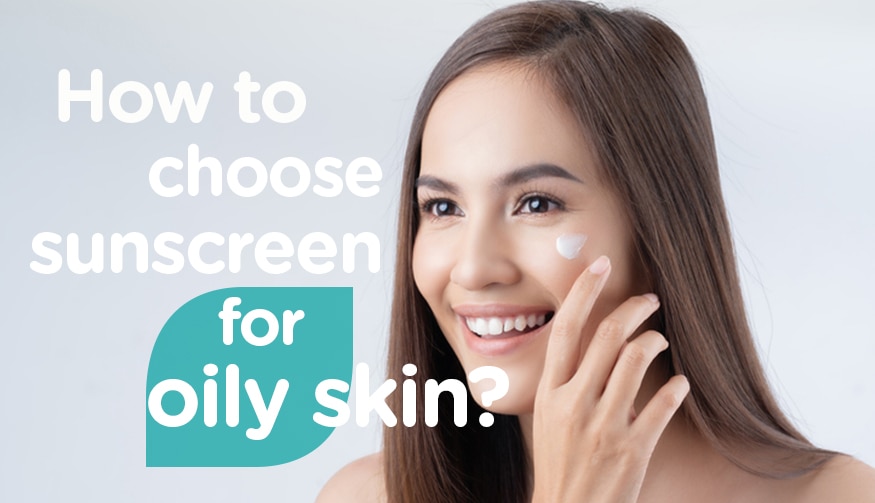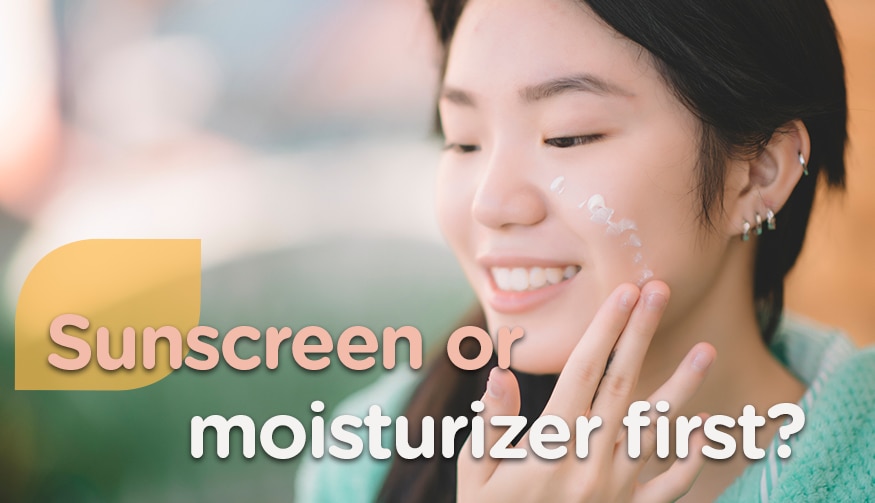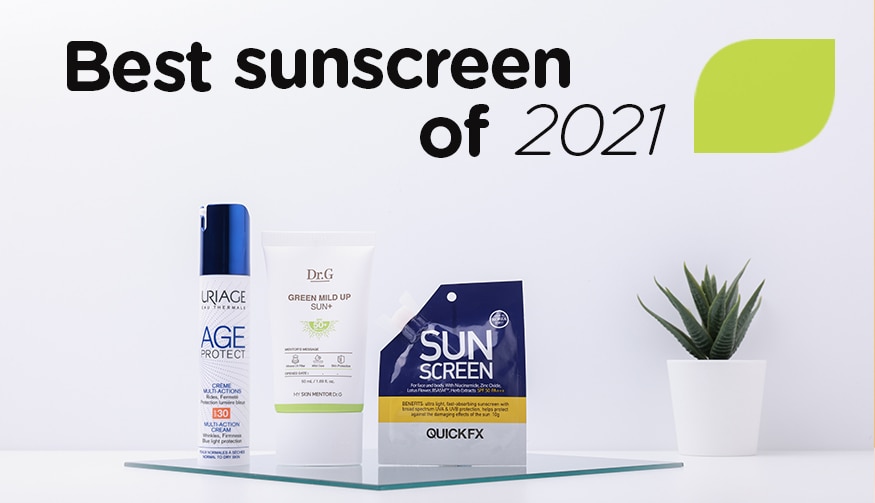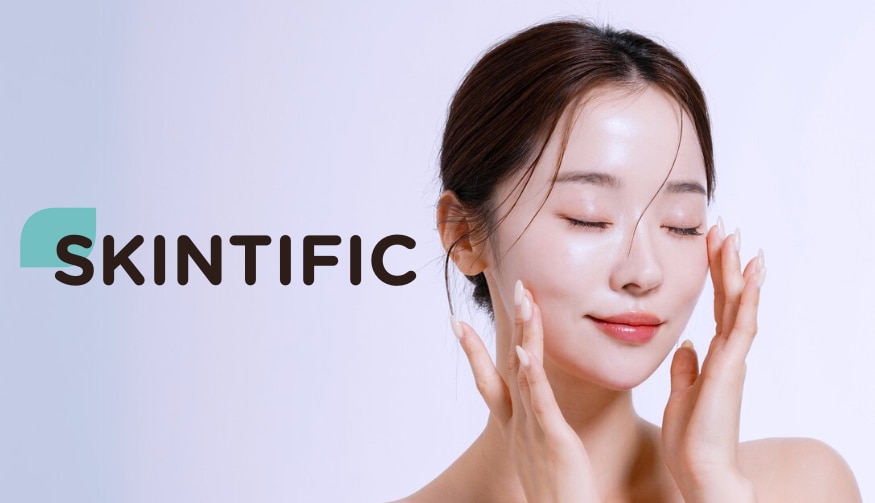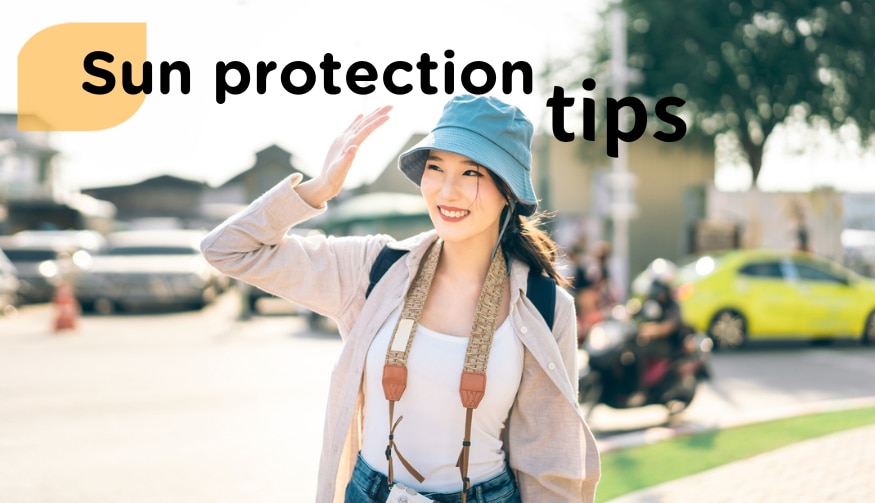Spending time outdoors is a necessity as an instant mood booster during summer. While you plan beach outings and lazy days under the sun, take a moment to consider your family’s ultraviolet (UV) ray protection. UV rays are the silent enemy when exposed to the sun, but what exactly they are and how they affect us may not be as well known. Read on to find out everything you need to know about sun care.
#1 Why do we need to protect your skin from the sun?
UVA and UVB rays are part of the electromagnetic (light) spectrum that reaches earth from the sun, and both can cause cancer and lasting skin damage. UVA is the longer wave UV ray that causes skin aging, whilst UVB is the shorter wave UV ray that causes the skin to burn. SPF is essentially a calculation of the additional protection sunscreen gives its wearer compared with bare skin.
#2 What is the difference between physical sunblock and chemical sunscreen?
Physical sunblock:
- Sits on top of the skin and reflects the sun’s rays;
- Less irritating and a better fit for sensitive skin;
- More moisturizing, which can feel heavy on the skin;
- Difficult to fully blend into the skin.
Chemical sunscreen:
- Sink into the skin and act as a sponge to absorb sun rays;
- Easy to apply and generally lightweight;
- Water-resistant formulas.


Here are some tips for the protection of your skin and eyes from sun damage.

- Wear a broad-brimmed hat and sunglasses can reduce UV rays to the eyes.
- Apply sunscreen with SPF 30 or higher every 2 hours to stay safe in the sun.
- Avoid being outdoors in direct sunlight too long, especially the hours when the UV rays are the strongest.
- Seek shade to limit your exposure to UV rays.
And don’t forget to apply sunscreen to these areas:













